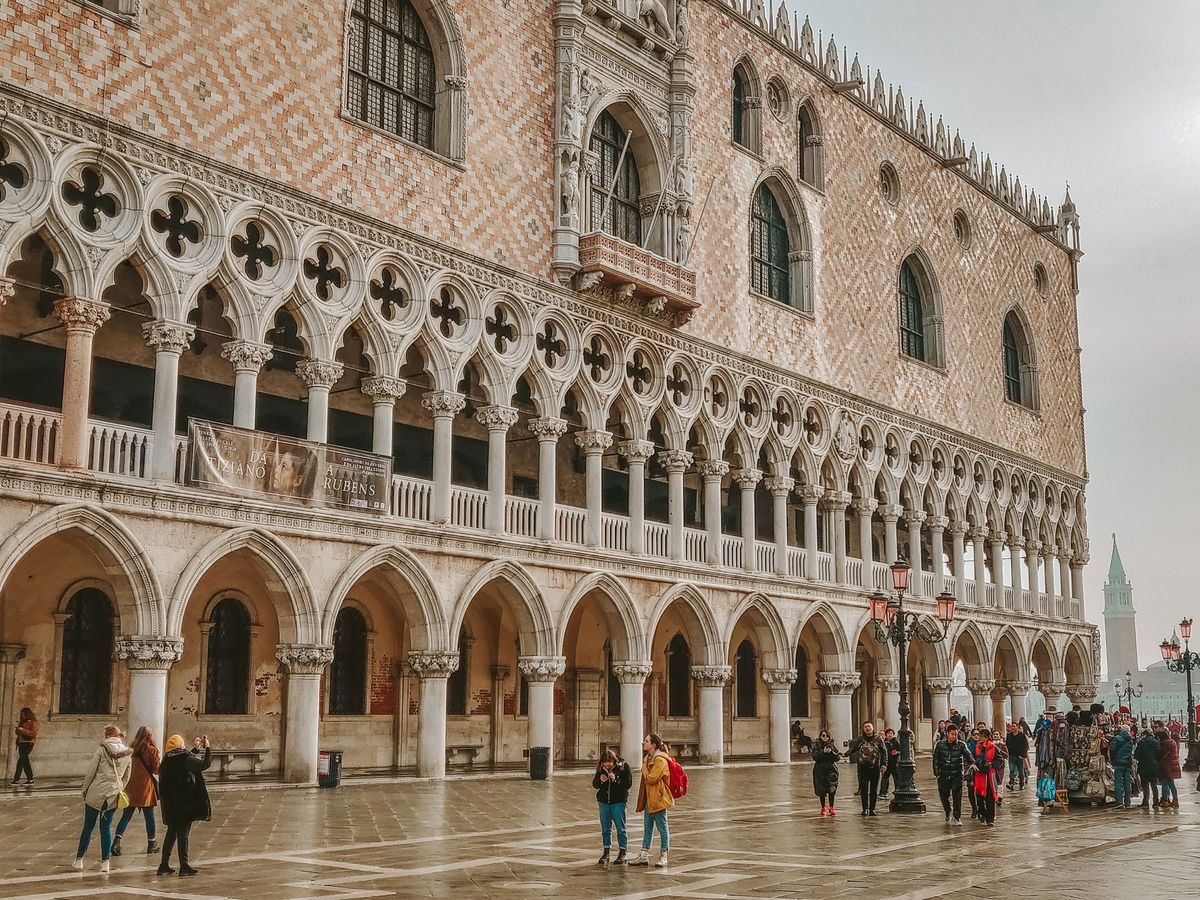The decision by Luigi Brugnaro, the mayor of Venice, to extend the closure of the city's 11 civic museums— including the Doge’s Palace, the Museo Correr, Ca’ Rezzonico, Ca’ Pesaro and Palazzo Fortuny—until 1 April, the beginning of the tourist season, has provoked a culture war in Venice and beyond. Italy's museums have been closed since 5 November under national government restrictions, which are currently due to lift on 15 January.
A petition calling on Brugnaro to reverse course, published by the online Venetian newspaper Ytali, has gathered 3,000 signatures, including those of leading art-world figures such as Vittorio Sgarbi and Salvatore Settis, the author of If Venice Dies. The Association of the International Private Committees for the Safeguarding of Venice has also written to the mayor expressing its deep concern. Brugnaro is vice-president of the foundation that governs the civic museums, which may explain why its president, Mariacristina Gribaudi, and director, Gabriella Belli, have declared that they have nothing to say to journalists.
The outrage goes beyond the fact that the mayor’s unilateral decision will prolong the furloughing of the museums’ 84 full-time employees and 500 external staff, and that the town council has diverted the €8m of extraordinary funding allocated to the museums by the Italian culture ministry to balance its end-of-year budget.
The closure is seen as yet another example of how Brugnaro, a mainland businessman who was re-elected last autumn by a majority of mainland voters with the manifesto of bringing back tourism, does not consider the interests and needs of the residents of the historic city.
Brugnaro defended the decision in an interview with the newspaper Il Fatto Quotidiano, saying: “I’m doing what any good family man would do. The opening of the museums depends on whether people can travel freely, on the pool of users. Our museums depend principally on the tourists. There is a business logic, an entrepreneurial culture in making things work. Should I be ashamed of administering a public asset like a business enterprise, of making it profitable?” In response, the leader of the opposition in the town council, Monica Sambo, told Ytali: “Why should the amenities of the city be considered relevant only to tourists?”
There is an argument with major financial implications that might persuade Brugnaro to change his mind. The Doge’s Palace is among the civic museums, but it is only in concession to the town council from the state and it is by far the most popular and profitable ticketed attraction in Venice, accounting for 75% of the civic museums’ 2,142,000 visitors in 2019. But the 1924 contract between the state and the town council stipulates that it must be kept open to the public: “Should the town council contravene [the conditions] of this convention or violate its spirit, which is to observe the terms of concession of use… of one of the most glorious monuments of Italian art and history, and as such the heritage of all mankind, the convention will immediately be revoked.”
It is likely, however, that the pandemic will render the entire controversy a dead letter. Venice is currently in Italy's "yellow zone", the lowest level of risk, which would allow for a reopening of museums after 15 January. But it may soon be declared an "orange zone", in which case its museums would be obliged by law to remain shut.


